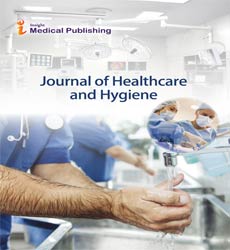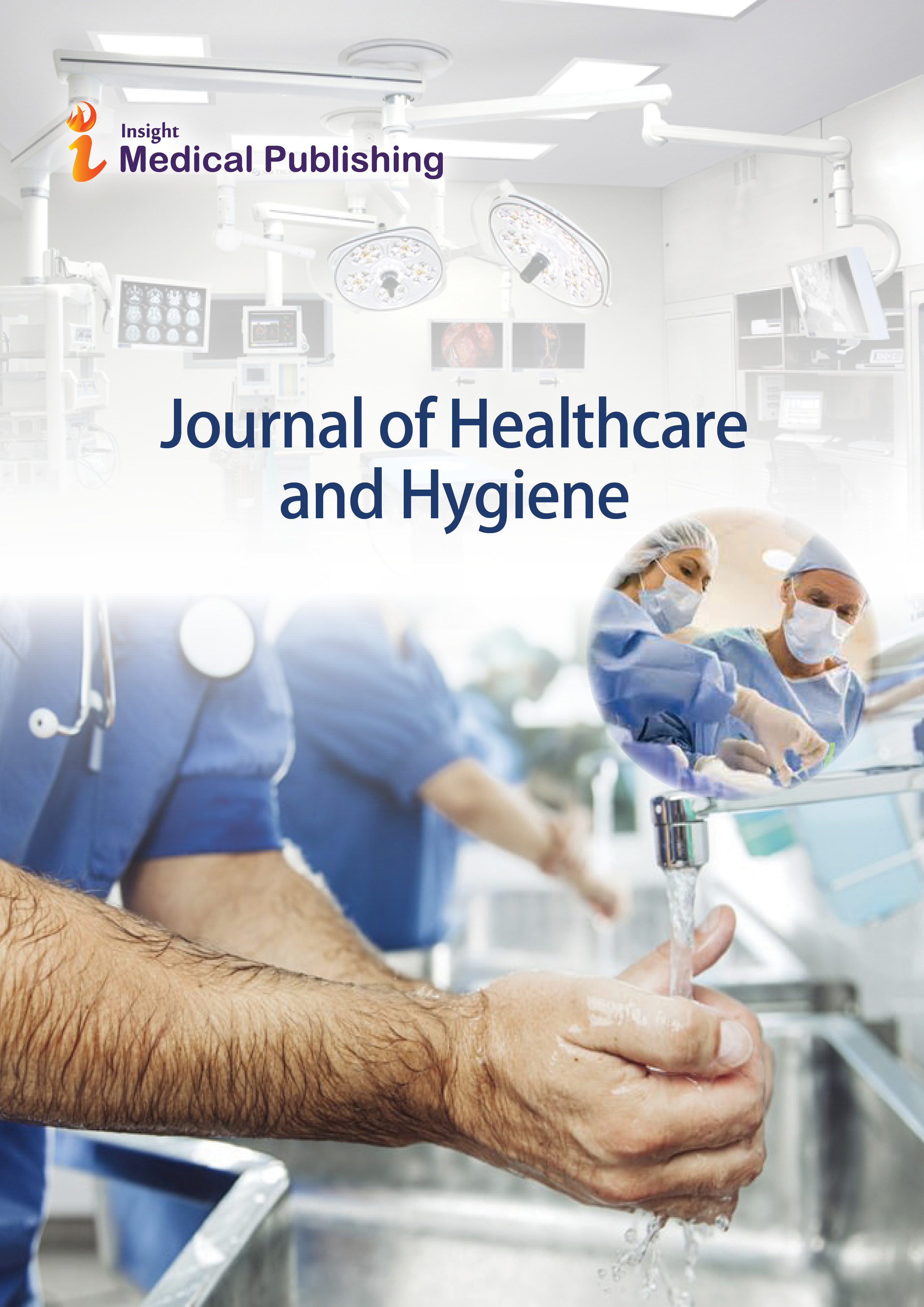Stromal Cells Contributes To Immune Quality
Stuart A. Scott*
Department of Pathology, Stanford University, United State
- *Corresponding Author:
- Stuart A. Scott
Department of Pathology, Stanford University, United State
E-mail: sascott@stanford.edu
Received Date: December 04, 2021; Accepted Date: December 16, 2021; Published Date: December 27, 2021
Citation: Scott AS (2021) Stromal Cells Contributes To Immune Quality. J Health Hyg Vol:5 No:4.
Introduction
Bone marrow mesenchyme stromal cells has differentiated into two types first is adipocytes and second is osteoblasts. Here, we have allotted AN integrative multiomics adipocytes up to osteoblasts and genetic science knowledge from a primary human BMSCs. Ageing is the process of human being that is defined by molecular alterations that along has an effect on cellular functions and it is mainly due to melanin. The ageing of stem cells particularly may be an elementary mechanism in inflicting undesirable age-related changes in tissues and organs since stem cells may accumulate a time period of environmental, genetic and epigenetic alterations, and therefore the effects amplified at the organism level through being growth.
During ageing, human and mouse BMSCs are delineate to lose each their general operate and differentiation potential, with the quantitative relation of adipocytes to osteoblasts within the bone marrow increasing with age TFs-enhancer networks thus represent a posh layer of knowledge, inaccessible by individual genomic identification ways, on the potential of the cells to retort to cues throughout differentiation or perturbation, that solely becomes visible once integration complementary omics approaches. Whereas our previous study uncovered the age-dependent synergistic misregulation of BMSC operate within the central carbon and glycolytic pathways within the cell protein, the mechanisms of however ageing affects the convoluted TF-enhancer network and so cell potential isn't understood.
The goal of this study is to collectively interrogate cellular operate and differentiation potential in human BMSCs throughout ageing to know the molecular and cellular mechanisms which will drive ageing-related changes within the bone marrow niche, and to explore however these changes could contribute to age-dependent common traits and diseases. we tend to performed AN integrative multiomics analysis in BMSCs in an exceedingly cohort of healthy people between twenty and sixty years recent, combining chromatin granule accessibility identification (ATAC-seq) with polymer expression and macromolecule abundance measured by mass spectroscopic analysis. Our results counsel that ageing at the same time impairs cellular operate via post-transcriptional organic phenomenon mechanisms, and cell differentiation potential via chromatin granule priming. Exploitation enhancer-mediated cistron regulative networks, we tend to discovered that age-dependent priming of BMSC enhancers could lead on to adipogenic bias via synergistic TF activity changes performing on their target cistron. By any combining the BMSC adipogenic network with genome-wide association study (GWAS) knowledge, we tend to known age-sensitive TFs that might contribute to immune-related GWAS traits on a general level. Here we tend to showcase AN integrative strategy, by combining BMSC datasets beside publically obtainable databases, that's necessary to uncover the complicated layers of age-related effects on cell potential and performance.
Multi-omics knowledge from ageing bone marrow-derived mesenchymal stromal cells
To study the molecular mechanisms of age-specific changes within the human bone marrow-derived mesenchymal stromal cells (BMSCs), we tend to assemble a dataset comprising of ATAC-Seq, RNA-Seq and genetic science knowledge, generated from BMSCs obtained from a cohort of healthy donors between twenty to sixty years recent, representing snapshots of the “ageing” method. Briefly, BMSCs were obtained by culturing mononuclear cells obtained from bone marrow aspirates and harvested at passage four for the various molecular assays. The mass spectroscopic analysis and therefore the RNA-Seq knowledge were antecedently generate, and were reanalyzed during this study (supplementary material, whereas chromatin granule accessibility knowledge from an equivalent cohort of donors was generated during this study.
Ageing hotspots in BMSCs have an effect on multiple mechanisms regulation organic phenomenon
Using the ATAC-Seq, RNA-Seq and genetic science knowledge, we tend to quantified the impact of ageing on 5 completely different molecular levels: From ATAC-seq knowledge, we tend to obtained chromatin granule accessibility and TF activity; from polymer-seq knowledge we tend to obtained RNA expression and differentially used deoxyribonucleic acid levels; from the genetic science knowledge we tend to obtained macromolecule abundance,. To quantify age-related changes within the BMSC chromatin granule accessibility, we tend to performed differential peak analysis exploitation DESeq2. we tend to known three,852 differentially accessible peaks at 100 percent false discovery rate (FDR) from the agreement peakset of one hundred forty,635 peaks, of which 2,578 square measure ageing-down and one,274 ageing-up.
Post-transcriptional changes in ageing have an effect on cell operate
We defined the purposeful impact of the two,152 age-sensitive genes exploitation cistron metaphysics (GO) enrichment analysis and located distinct biological processes enriched among every molecular level. As discovered antecedently , age-sensitive genes with downregulated macromolecule abundances square measure enriched in chromatin granule organisation and polymer regulative processes, whereas those upregulated square measure enriched in autophagy and living thing membrane organisation processes. living thing matrix organisation processes were found enriched for age-sensitive genes at the macromolecule abundance and polymer isoform level, suggesting altered abundances or ratios of macromolecule isoforms that may have an effect on the bone marrow niche surroundings.
Conclusion
The study has been approved by the ethics panel for Human Subjects at the University of Heidelberg, and written consent was obtained from every individual.

Open Access Journals
- Aquaculture & Veterinary Science
- Chemistry & Chemical Sciences
- Clinical Sciences
- Engineering
- General Science
- Genetics & Molecular Biology
- Health Care & Nursing
- Immunology & Microbiology
- Materials Science
- Mathematics & Physics
- Medical Sciences
- Neurology & Psychiatry
- Oncology & Cancer Science
- Pharmaceutical Sciences
